By Michael Palij, MW
Almost sixty years ago two friends, enologist Franco Ziliani and wine producer Guido Berlucchi hatched a plan to produce an Italian sparkler that could rival the best in the world. The result is what is now Italy’s most prestigious and progressive sparkling wine region: Franciacorta DOCG. Located north-east of Milan and just south of Lago d’Iseo, winemaking in the region dates back to the 8th century, but Franciacorta’s reputation for serious fizz is relatively recent. Berlucchi was determined to make Italian sparkling wine from here in ‘the French way’ using the traditional method and Chardonnay grapes. That took time to put in place but remarkably, just six years after their first vintage in 1961, Franciacorta received DOC status, followed by DOCG in 1985.
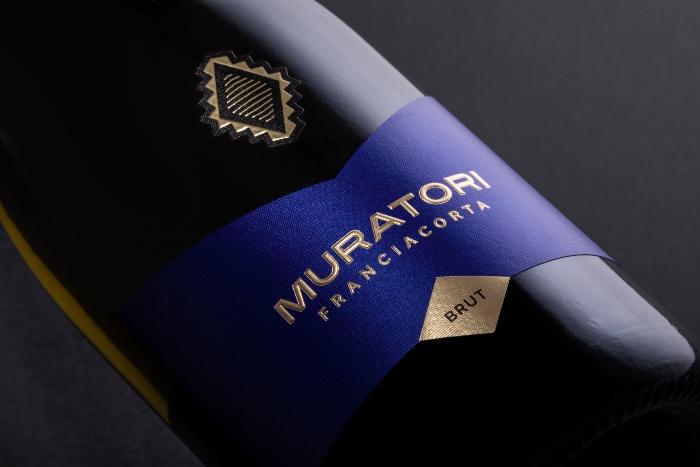
While Prosecco is often considered Italy’s most famous sparkling wine, Franciacorta shares much more in common with its French neighbour (Champagne) than it does with its Italian cousin, Prosecco. Rather than using the tank method (as in Prosecco), the in-bottle second fermentation allows Franciacorta to acquire richer notes of pastry dough, brioche, toast and almond that one finds in top-quality Champagne. Franciacorta and Champagne both look to Chardonnay and Pinot Noir for inspiration while Prosecco makes do with Glera to produce its signature light, fresh fruit profile.
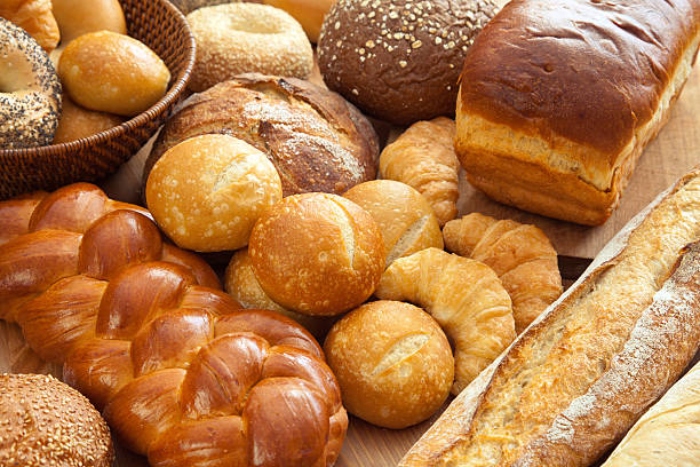
It is Franciacorta’s terroir, however, which renders it truly distinctive. The DOCG is nestled in Lombardy with a benign climate tempered by both the cooling breeze from the Alps and the moderating effect of the nearby lake. The amphitheatre-shaped growing zone, formed by retreating glaciers, consists primarily of alluvial soils; this unique composition ensures that Franciacorta maintains a balanced alcohol level and yet avoids the exceptionally high acidity that is a signature of Champagne. The warmer climate also allows the wine to be bottled with a lower dosage: the average residual sugar is just 6g per litre.
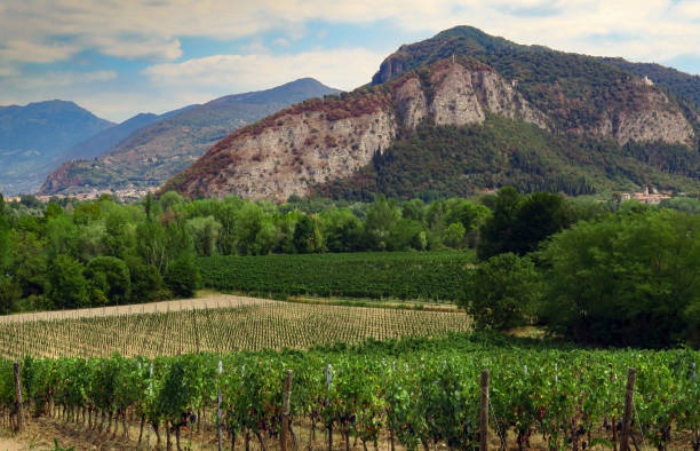
The wine’s high-quality and intense domestic demand has created a booming side hustle in tourism and the region positively bristles with spas, 5-star hotels and Michelin-rated eateries. Franciacorta has also been busy polishing its Corporate Social Responsibility halo and today over 70% of its vineyards are certified organic – the highest percentage in Italy. As the wine industry and our planet brace for ever-worsening climate change, Franciacorta is committed to maintaining a harmonious relationship between winemaker, vine, and soil.
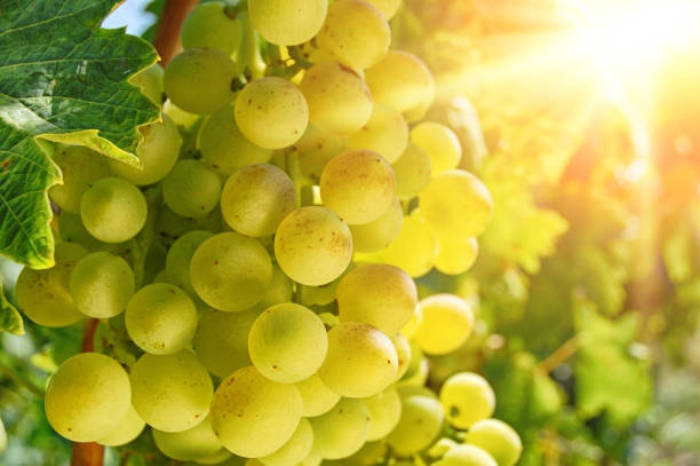
While Prosecco produces over 500 million bottles annually, and Champagne production tops 300 million, Franciacorta is a much rarer find, producing just 17 million bottles from one small province, approximately the size of Brooklyn. Out of this production, just 11% of bottles are exported, making this wine one of Italy’s best-kept secrets.
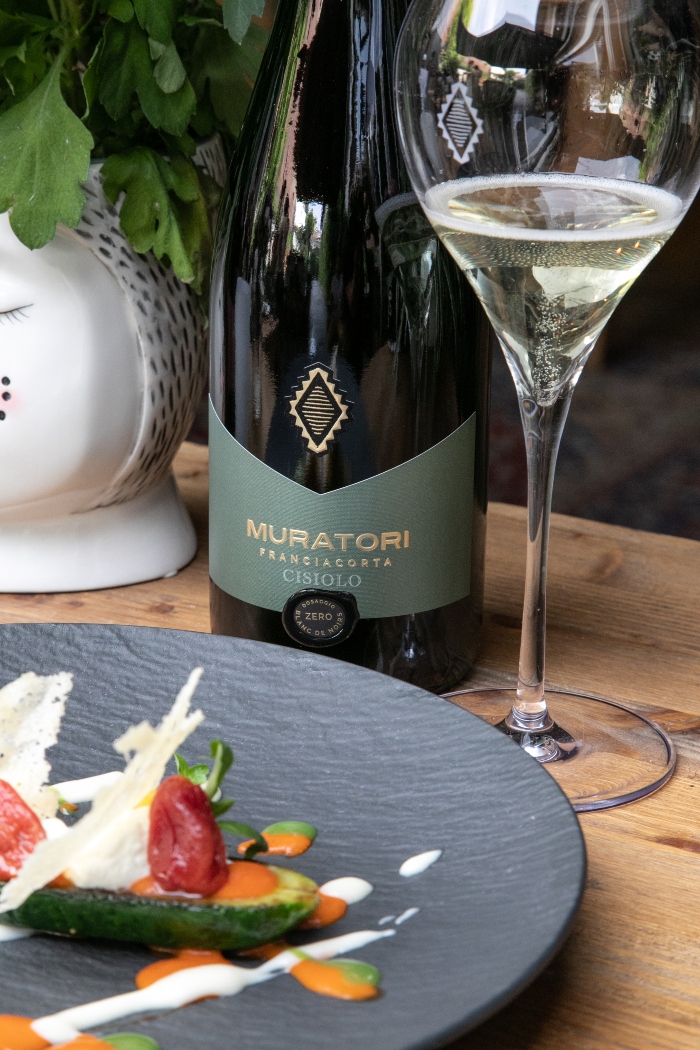
Low sugar, environmentally-conscious, and made using the same classic grapes and fermentation techniques as Champagne, Franciacorta packs a unique blend of tradition and innovation, making it an essential component of any enthusiast’s cellar.

Michael Palij MW is the third Canadian Master of Wine. He specializes in Italian wines and has introduced Opimian to some truly special producers.

